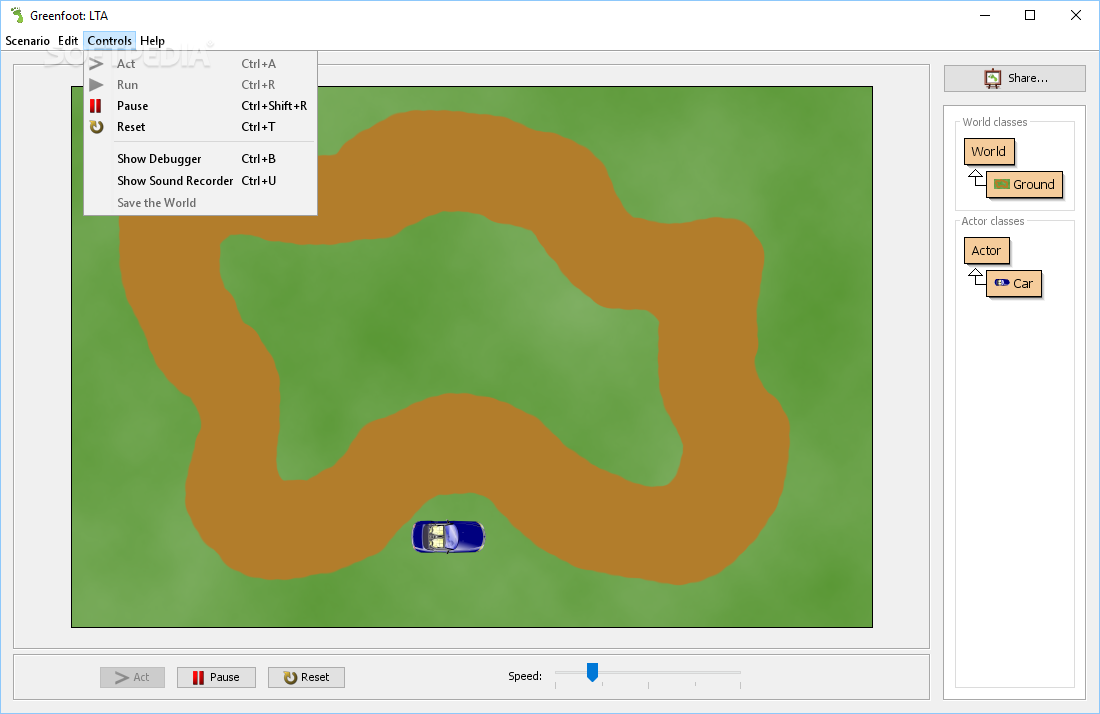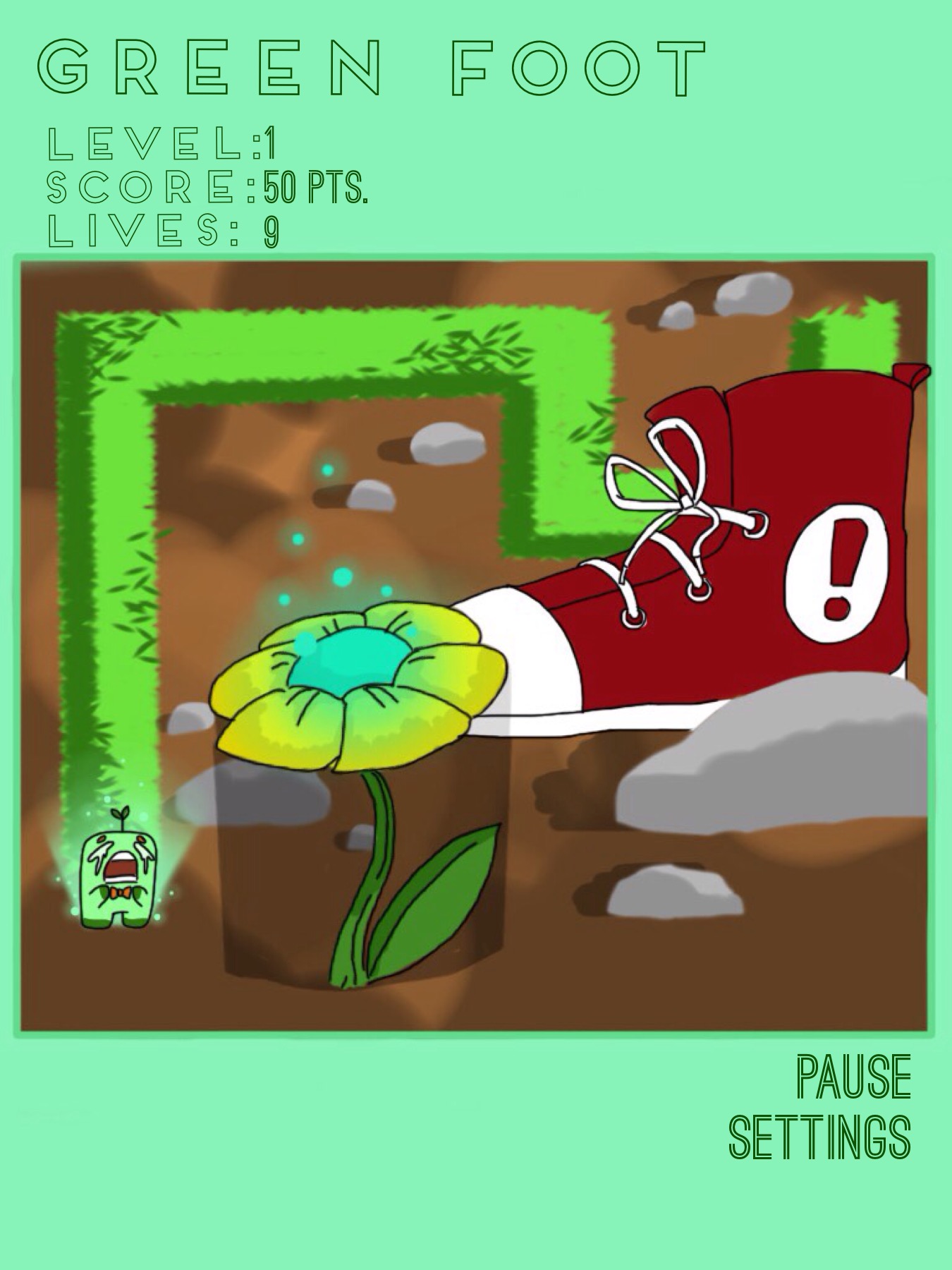
The Learning Edge Momentum hypothesis suggests that the difficulty may be due to the tightly integrated nature of programming concepts and adapting the way curriculum is offered may have a significant influence on the outcomes.

Learning to program a computer is difficult for many. The case study provides teachers with example tasks and challenges they can use with their students and/or ideas around other interactive teaching methods including practical computing. Results from the case study indicate that interactive teaching methods enhance computing education, and physical computing with electronics can enhance lessons and show the relevance of computing with examples of real-world applications, and can be fun and motivational. Observations were also used to see how well the students handled the event’s content and whether they appeared to enjoy and understand it. Surveys were used before and after the event to understand what students’ impressions and knowledge of computing is and to see if the event improved these. It includes the use of physical computing and was designed to make computing fun, motivational and relevant, and to provide examples of real-world applications. It focuses around a case study of a university outreach event for secondary schools which investigated how interactive teaching methods can be used to enhance students’ perceptions and understanding of computing and to increase their computing knowledge. This study looks at possible reasons for this lack of interest in computing, how computing is taught in education and ways to improve students’ perceptions and understanding of computing. Yet despite this, industry struggles to find employees with suitable computing skills and similarly Further and Higher Education institutions have observed a lack of interest in their computing courses in recent years. When lobster eats crab, call aySound (“au.There is a huge demand for computing skills in industry due to computing becoming ubiquitous and essential for modern life.When crab eats worm, call aySound (“slurp.wav”).There are 2 sound files included in the crab scenario.Look at the Greenfoot documentation and find the method that is used to play sound.Put Greenfoot.stop() line in the Lobsters lookForCrab method, after it “eats” crab.The crab is removed and the game should stop when the Lobster eats the crab.If it doesn’t work, try somewhere else.

GREENFOOT PLAY SOUND CODE
Try putting the line of code in, and run.Where can we put a call to this method so that it will stop the execution when the lobster eats the crab?.In Method summary find a method that stops the execution of the running scenario.



 0 kommentar(er)
0 kommentar(er)
